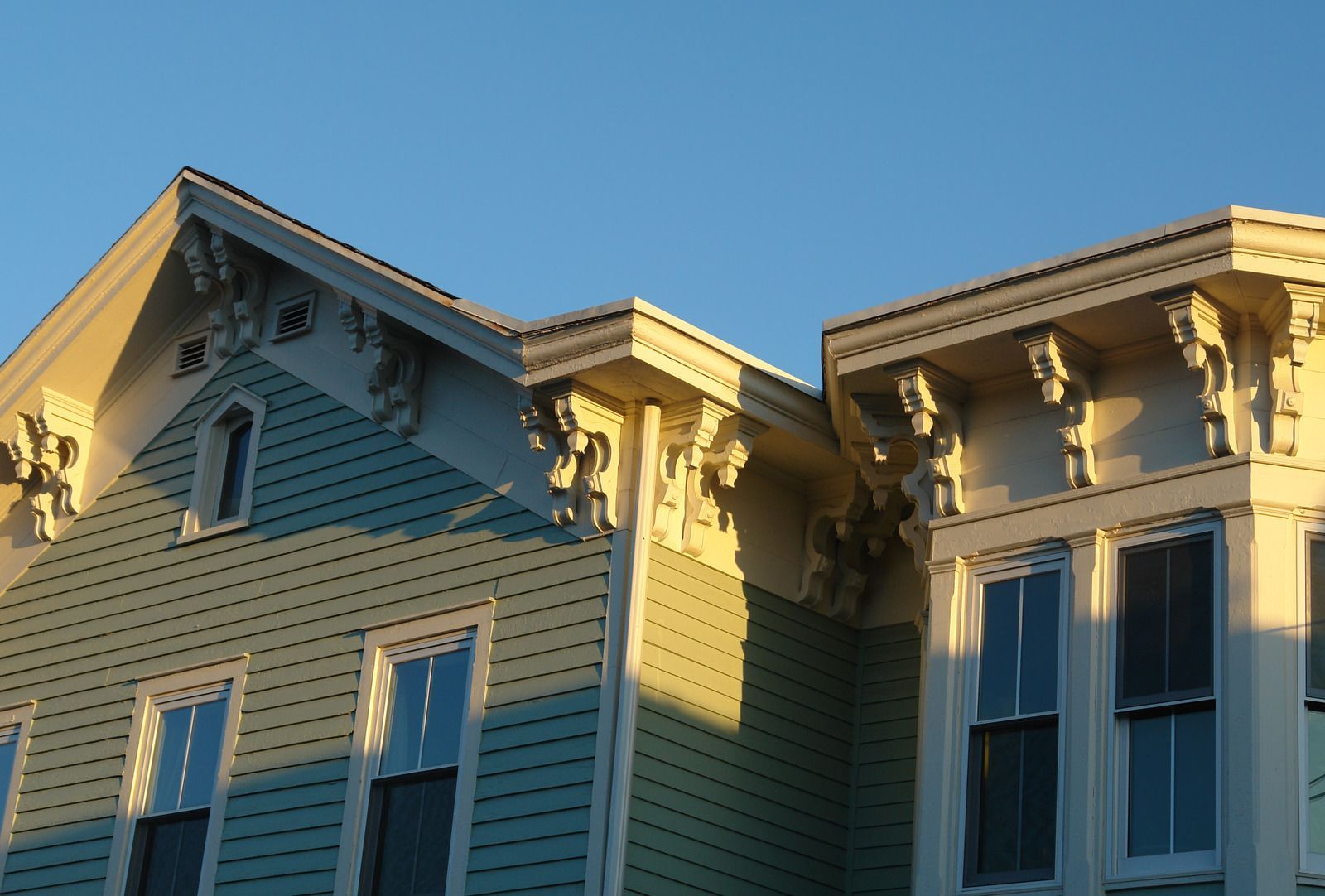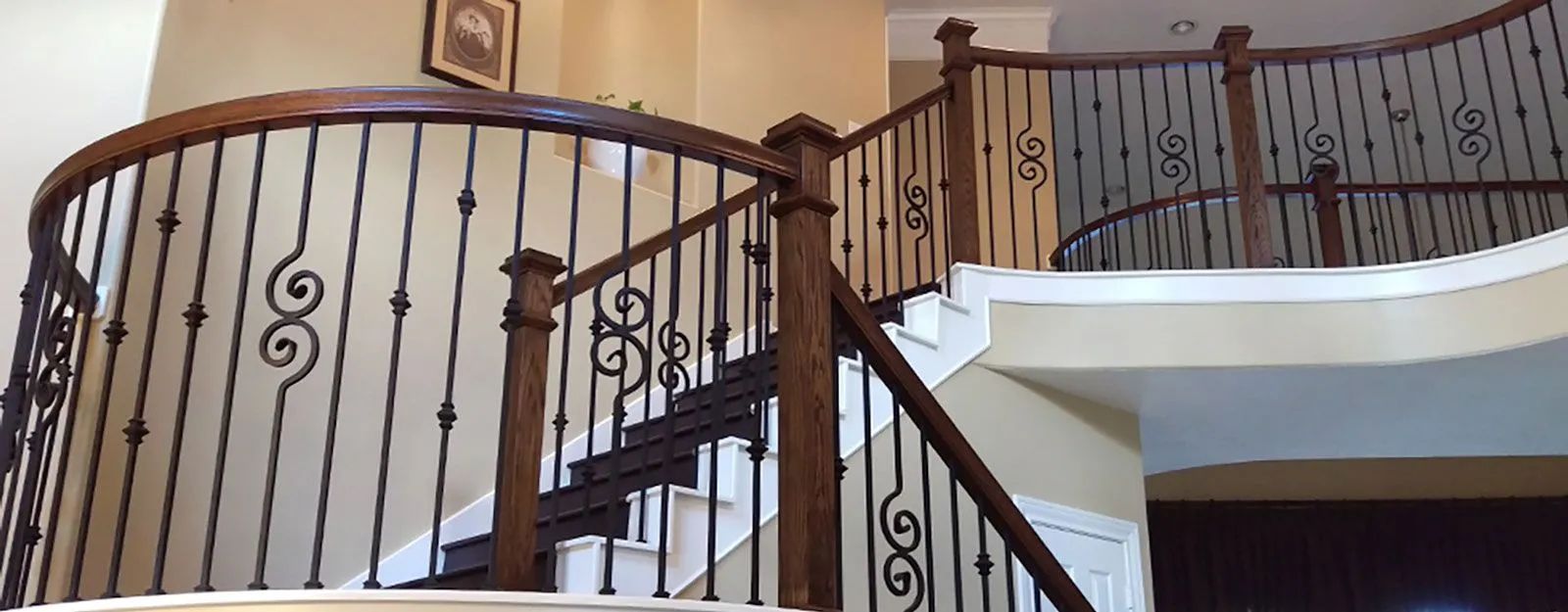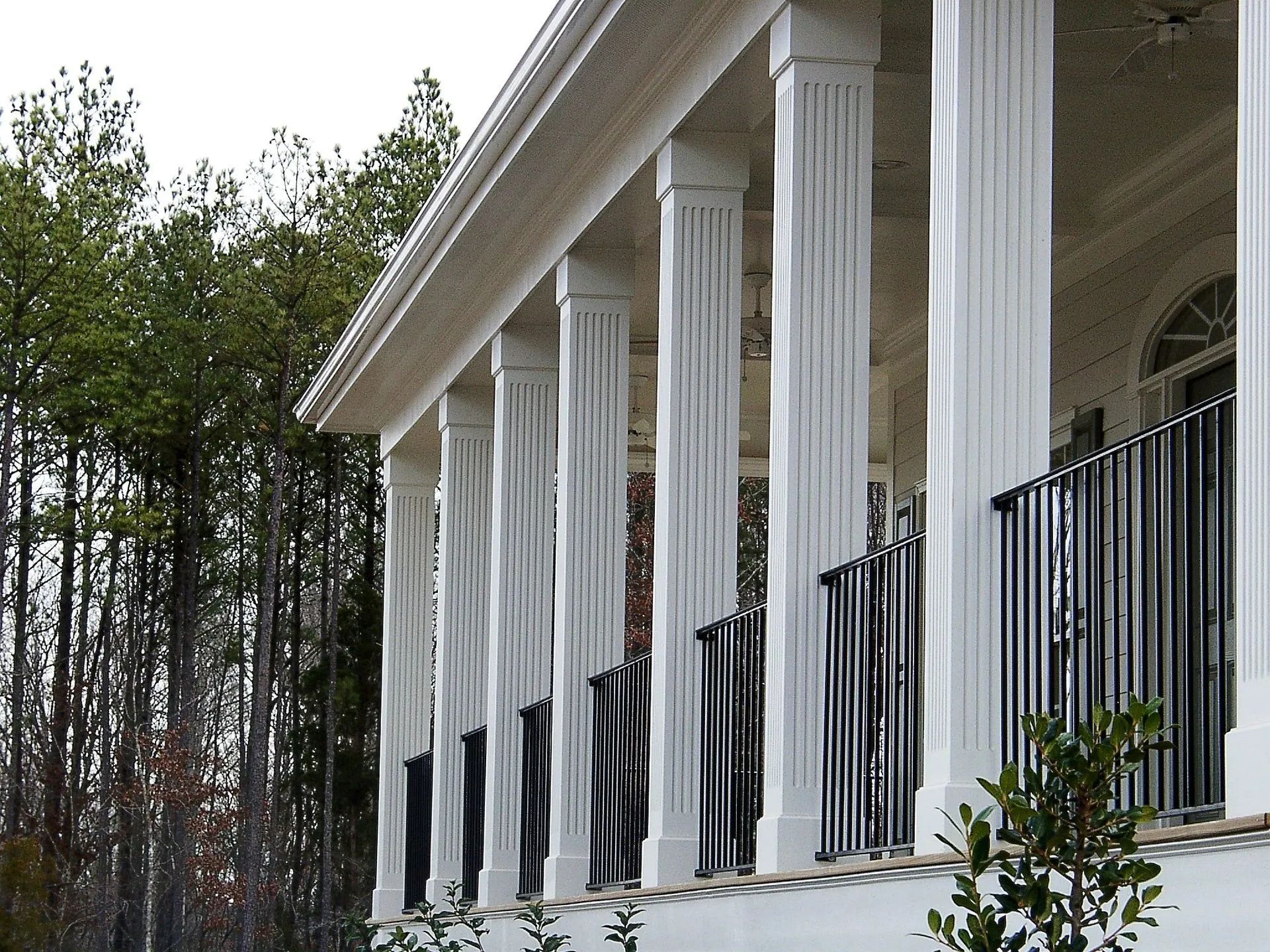The Aesthetic and Functional Role of Architectural Corbels and Brackets
August 14, 2025

In the world of architectural design, it’s often the details that define the character of a space. Among these timeless elements, corbels and brackets stand out as both decorative and structural features that have adorned homes and buildings for centuries. Whether crafted from wood, stone, or polyurethane, these architectural components enhance aesthetics while also offering vital support in various applications. From elegant entryways to elaborate mantels and overhangs, corbels and brackets bridge tradition and innovation in architectural design, making them a staple in both classical and contemporary structures.
They are available in a range of sizes, shapes, and finishes, allowing them to adapt to nearly any style. Architects and homeowners alike appreciate their dual purpose—blending artistic detail with supportive strength. As functional as they are beautiful, these elements contribute to the overall cohesion of a structure's design. Whether subtle or bold, they leave a lasting visual impact.
1. Historical Significance and Evolving Design
Corbels and brackets have deep roots in architectural history, dating back to classical Greek and Roman design. Originally used to support heavy loads such as beams or balconies, they became an opportunity for artisans to showcase intricate carvings and artistic expression. Over time, their function expanded beyond support to become decorative accents that elevate interior and exterior spaces alike. Today’s designs continue to draw from this rich history, offering modern interpretations while preserving the essence of their heritage.
2. Functional Support in Modern Architecture
While they are often admired for their aesthetic contribution, corbels and brackets remain functional in many design applications. Structurally, they are used to support shelves, countertops, eaves, roof overhangs, and fireplace mantels. Made from materials like hardwood, metal, or high-density polyurethane, they provide both strength and durability without compromising visual appeal. Modern manufacturing also allows for lightweight options that are easier to install yet just as effective.
3. Aesthetic Enhancements for Interior and Exterior Spaces
From rustic farmhouse kitchens to elegant Victorian exteriors, corbels and brackets offer diverse design possibilities. Indoors, they add dimension and character when placed beneath cabinets, mantels, or open shelving. On the exterior, they can accentuate gables, porches, and window surrounds, bringing curb appeal and architectural unity. With custom carvings, scrollwork, or minimalist designs, they can seamlessly complement any architectural style—from traditional to transitional to ultra-modern.
4. Material Versatility and Customization Options
A wide variety of materials is available to suit different design needs and environmental conditions. Wood remains a popular choice for its warmth and natural grain, while stone and plaster are often used for historic restorations. Polyurethane offers an affordable, lightweight alternative that resists moisture and decay, ideal for exterior applications. Many manufacturers, like Columns & Carvings, LLC, offer custom fabrication, allowing homeowners and builders to match existing design elements or create something entirely unique.
Expertise That Elevates Every Detail
Architectural corbels and brackets
are far more than ornamental flourishes—they’re a dynamic blend of beauty and purpose. Whether you’re restoring a historical home or enhancing a modern build, the right accents can elevate your project with timeless appeal. At
Columns & Carvings, LLC, we bring over 20
years of craftsmanship and passion to every piece we create. Based in Birmingham, Alabama, our team specializes in finely crafted architectural elements that balance elegance, strength, and individuality. Let us help you transform your vision into a lasting architectural statement.




